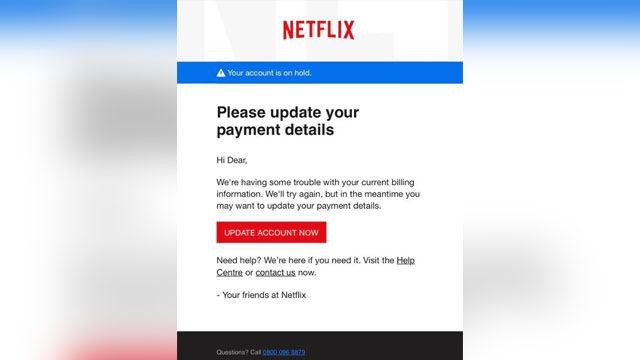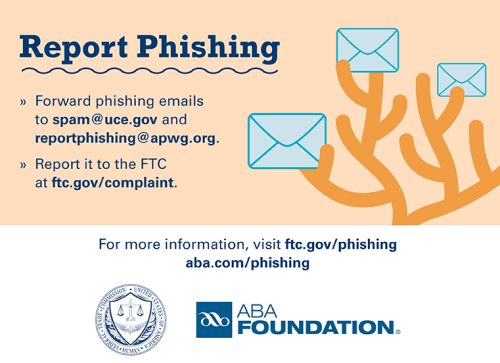ROUTING NUMBER: 307070050
Rest Confident, Your Money is Safe and Secure at Kirtland Credit Union, a message from our President & CEO. Learn More
Mobile Check Deposit is Temporarily Unavailable. We apologize for the inconvenience.
All Kirtland CU branches and locations will be closed on Monday, September 1 in observance of Labor Day.
Fraud Alert: If you receive a call or text asking to verify a fraudulent transaction, do not respond, call unfamiliar numbers, or click suspicious links. Contact us directly using trusted methods.
Use caution if you receive a call, email, or text message that appears to be from Kirtland Credit Union. Don’t click on links or call phone numbers in unsolicited messages. Remember: We will NEVER ask for your online banking access codes, credentials or for you to transfer money.
If you may experience financial hardship related to the government shutdown, we’re here to help. Call 1.800.880.5328 or visit one of our branch locations for more information.
ROUTING NUMBER: 307070050


Have you received a phishing e-mail? Odds are, you have!
Phishing e-mails are e-mails built to look like an official e-mail from an official company. Are you sure that e-mail from UPS is actually from UPS? (Or Costco, BestBuy, or another of the myriad unsolicited emails you receive every day?) Companies and individuals are often targeted by cyber criminals via e-mails designed to look like they came from a legitimate bank, government agency, social networking site, or organization.
Like this one, designed to look like an alert from Netflix:

These fake e-mails often tell a story to trick you into clicking on a link or opening an attachment. These stories are designed to create a sense of urgency or may dangle some other type of bait.
These fake e-mails often tell a story to trick you into clicking on a link or opening an attachment. These stories are designed to create a sense of urgency or may dangle some other type of bait.
Once you’ve clicked—taken the “bait”—the scammer may continue the attack by asking you to enter personal or account information, providing a login screen that captures your login information, or by launching/downloading a virus or malware to your device or computer.
So, how can you tell if an e-mail is legitimate? It can be difficult to tell; a good phishing e-mail will use a name and logo you already trust. But phishing e-mails also:

Already clicked on an e-mail like this? It happens! The goal now is to mitigate your risk. If you have clicked on a suspected phishing e-mail and think the scammer has your personal information, visit IdentityTheft.gov to see the specific steps to take based on the information you lost. If you think you clicked on a link or opened an attachment that downloaded harmful software, update your computer’s security software and then run a security scan.
Remember, a legitimate business will never request sensitive information via e-mail. If you’re suspicious, follow up with the company yourself, outside of the suspicious e-mail.

Routing Number: 307070050
6440 Gibson Blvd. SE, Albuquerque, NM 87108
Federally insured by NCUA Equal Opportunity Lender
Improving your online banking and mobile experience.